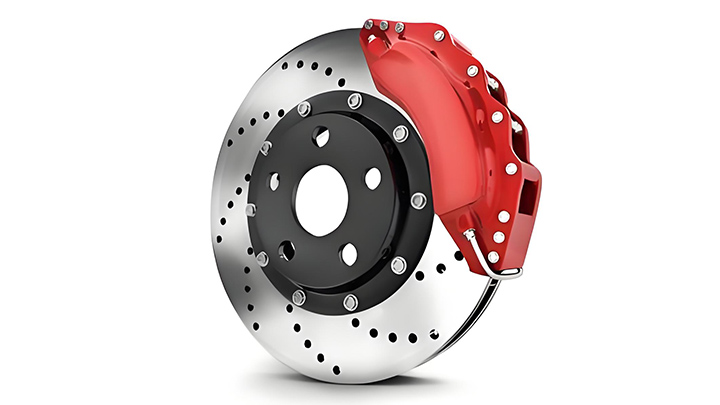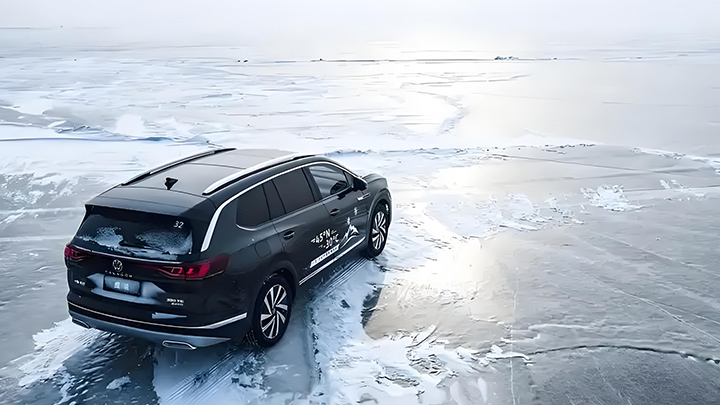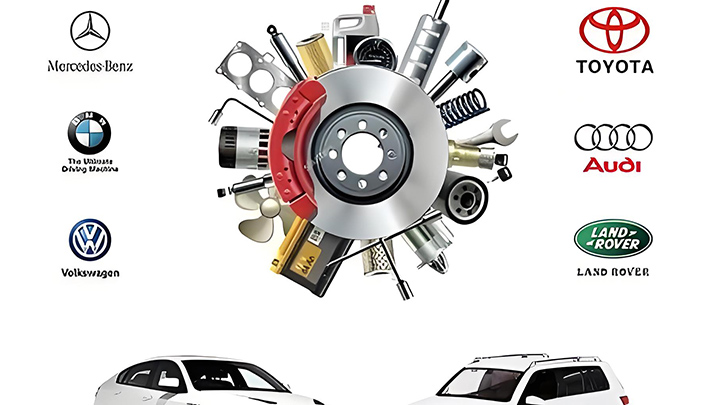How to Choose the Right Brake Discs for Your Vehicle
Brake discs, also known as brake rotors, are one of the most critical components of a vehicle’s braking system. They directly affect stopping distance, driving safety, and overall performance. Choosing the right brake discs is essential not only for smooth driving but also for ensuring maximum safety. Here are some key factors to consider when selecting brake discs.
1. Compatibility with Your Vehicle
Always start by checking your vehicle’s make, model, and year. Brake discs are designed to fit specific vehicles, and using the wrong size or type can lead to poor braking performance and even safety risks. Refer to the vehicle manual or consult with a professional mechanic to ensure compatibility.
2. Type of Brake Discs
There are different types of brake discs available, each designed for specific driving needs:
- Solid Discs: Standard type, suitable for daily commuting and normal driving conditions.
- Vented Discs: Feature internal vents for better heat dissipation, ideal for high-performance or heavy vehicles.
- Drilled Discs: Designed with drilled holes to improve cooling and prevent brake fade, often used in sports cars.
- Slotted Discs: Grooved design to remove debris and gas, providing stable performance under aggressive braking.
- Drilled & Slotted Discs: Combine the advantages of both, offering superior heat management and braking response.
3. Material Quality
The material of the brake disc greatly influences performance:
- Cast Iron: Durable and cost-effective, widely used in standard vehicles.
- Carbon-Ceramic: Lightweight, heat-resistant, and high-performing, but more expensive—commonly found in luxury or racing cars.
- High-Carbon Steel: Enhanced strength and reduced vibration, offering smoother braking.
4. Driving Style and Environment
Your driving habits should guide your choice:
- City Driving: Standard or vented discs are usually sufficient.
- Highway / Long-Distance Driving: Vented or slotted discs provide better heat management.
- Sports / Performance Driving: Drilled or slotted discs are recommended for improved cooling and consistent braking.
5. Brand and Certification
Choose reputable brands that comply with international safety standards. Certified products ensure better durability and performance compared to cheap, unverified options.
6. Maintenance Considerations
Even the best brake discs require regular inspection and replacement. Worn or warped discs can cause vibrations, noise, and longer stopping distances. Always replace discs in pairs (left and right) to maintain balance and safety.
Conclusion
Selecting the right brake discs is not just about performance—it’s about safety. Consider your vehicle type, driving style, and environment before making a choice. Investing in high-quality, compatible brake discs ensures reliable braking power, longer lifespan, and peace of mind on the road.




